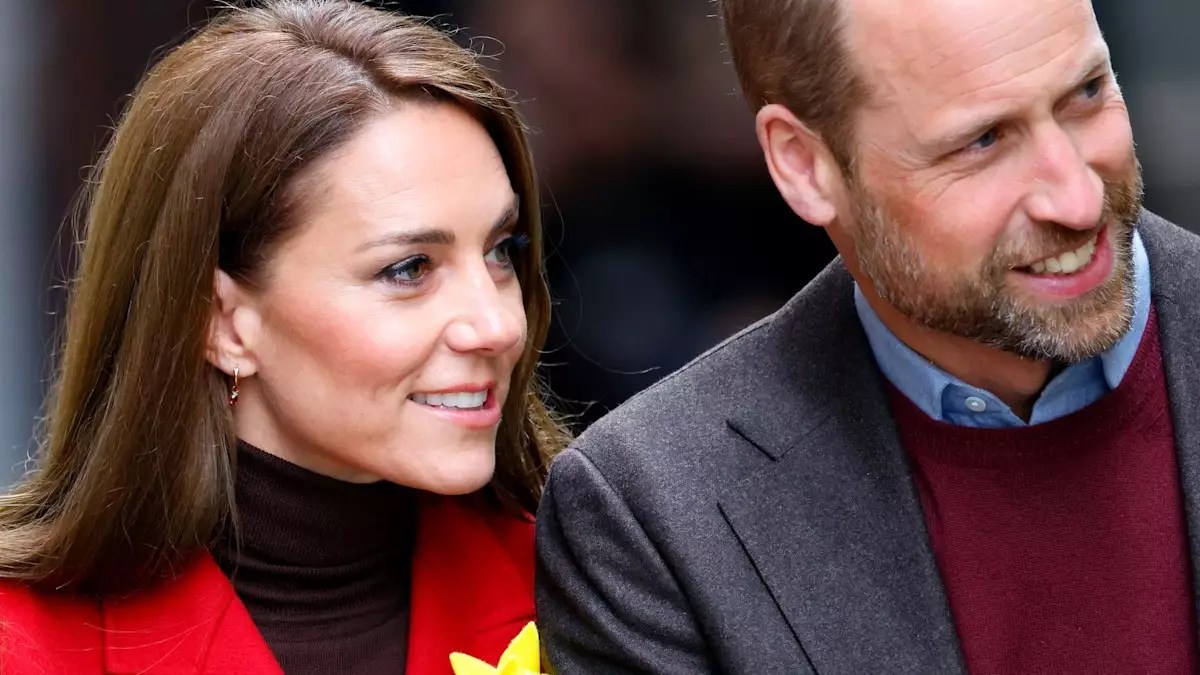Long before the grand wedding at Westminster Abbey, the relationship between Prince William and Catherine Middleton faced intense public scrutiny and the pressures that come with being a couple constantly in the spotlight. Their story, often glamorized by the media, actually involved moments of fragility and candid vulnerability rarely seen by the public. One pivotal moment—largely overlooked—occurred during a discreet getaway to the Seychelles in 2007, following a brief split that tested their connection. This holiday, conducted under pseudonyms, was not just an attempt to escape the prying eyes of the press but also a deliberate, introspective moment where they confronted their uncertainties and reinforced their commitment to one another.
Beyond a Proposal: A Pact Rooted in Trust
What truly distinguishes this chapter in their story is the nature of the commitment exchanged on the island of Desroches. Instead of a traditional, immediate proposal, William and Kate formed a private pact—a promise grounded more in reassurance and mutual understanding than grand gestures. This pact reflected William’s struggles with commitment, mirroring his father Prince Charles’s own well-documented fears, and demonstrated remarkable emotional honesty. William recognized that to save their relationship, he had to provide Kate with a genuine, heartfelt assurance rather than an impulsive engagement. The significance here lies not in the proposal itself but in the mature dialogue between two people navigating the complexities of love under extraordinary circumstances.
An Evolution from Friendship to Royal Partnership
The roots of their relationship date back to their university days at St Andrews. Their friendship gradually blossomed into romance, marked by a slow and sometimes challenging path rather than a whirlwind courtship. The couple’s experience underscores a refreshing narrative in royal romance—one not solely defined by fairy-tale immediacy but by resilience, patience, and growth together. The 2007 hiatus and subsequent pact exemplify this truth; they were willing to step back, assess their feelings and expectations, and recommit on their own terms. This approach arguably laid a more solid foundation for the future they would build: one rooted in trust rather than obligation or public pressure.
The Proposal in Kenya and Public Reception
It was not until 2010, three years after their Seychelles retreat, that William officially proposed, choosing a scenic spot in Kenya for the occasion. Though the engagement surprised Kate to some extent—revealing her genuine romantic nature—it was far from unanticipated given their ongoing dialogues about marriage. Their openness in the subsequent interviews revealed a relatable, human dimension to their royal status: love is a conversation, a process, not always an instant life-changing event. Kate’s admission of the “shock” and William’s candid remarks underscored a partnership defined by sincerity and shared understanding, qualities sometimes overshadowed by royal protocol and ceremony.
Enduring Strength in the Face of Scrutiny
Fast forward over a decade, William and Kate have navigated a complex balance of duty, family life, and public service, all while under relentless media attention. Their three children mark a continuation of their shared story, but the strength of their marriage can arguably be traced back to that private holiday and the unspoken pledge forged there. This episode suggests that even individuals thrust into extraordinary circumstances require quiet moments to realign their priorities and renew trust. Their journey challenges the notion that royal relationships thrive solely on tradition and spectacle. Instead, William and Kate exemplify how frank communication and intentional pauses can create enduring bonds—lessons valuable far beyond the royal family.


Leave a Reply